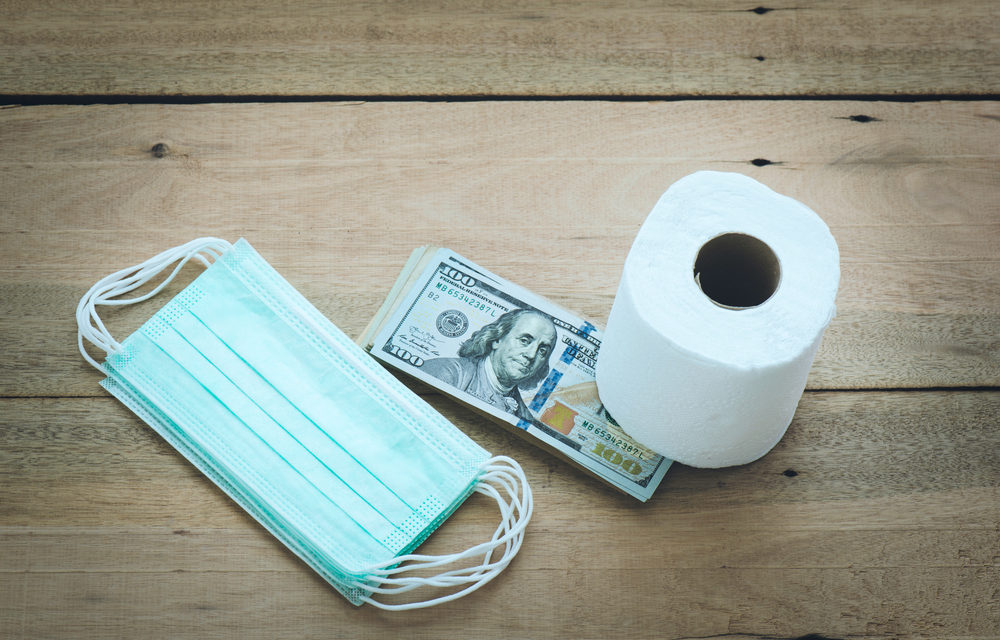Article by eMarketer Editors
Source: www.emarketer.com, September 2020
The US has seen plenty of recessions. But a recession during which consumers are largely confined to their homes for weeks on end and, when they do venture out, are afraid to set foot in stores? That’s something new. And there’s a mix of commonality and difference in the ways various income groups have responded to this weird set of circumstances.
“While people with low incomes have taken the hardest financial hit, upper-income consumers have made the deepest spending cuts,” said Mark Dolliver, eMarketer principal analyst at Insider Intelligence, and author of our recent report “Gauging Consumers Across Income Brackets.”
“After all, upper-income consumers are typically the biggest spenders and have the most spending available for cuts,” he said.
Opportunity Insights (a Harvard-based research project) said two-thirds of the total decline in credit card spending for January through May “had come from households in the top 25% of the income distribution.” Primed by stimulus payments, spending by low-income consumers had recovered (temporarily, anyway) from its March–April plunge and was 1.1% higher in late August than it had been in January. Spending by upper-income consumers also recovered some lost ground but was still 7.5% below its January level, while spending by middle-income households was down 1.9%.
Many consumers have shelved plans for major purchases, including people with lots of money. CNBC’s Q2 Millionaire Survey, which queries people with investable assets of at least $1 million, found many respondents putting big purchases on hold. Real estate, new cars, and vacations topped the list of big purchases they were delaying, “and many won’t complete those purchases for at least a year.” Looking across income lines, Morning Consult polling in June found many US adults deferring big purchases. Still, others went ahead and bought. That’s especially true for the top income bracket, where respondents who decided against a planned major purchase were outnumbered by those who proceeded with it (15% versus 21%).
One thing consumers are unlikely to do post-pandemic is spend heedlessly, as bargain hunting is an ingrained habit at all income levels. In September 2019 polling by IRI, 79% of under-$35,000s said they “try new, lower-priced brands to save money,” as did 63% in the $100,000-plus bracket. Half or more respondents in each bracket reported often buying private-label goods.
In another indication of broad-based frugality, dollar stores have a constituency across income brackets. CivicScience polling in October 2019 through January 2020 asked whether respondents felt favorable, neutral, or unfavorable about shopping at dollar stores. While under-$50,000s were the most likely to be favorable and least likely to be unfavorable (50% versus 11%), the $50,000–$100,000s were also more favorable than unfavorable (37% versus 20%). Those in the $100,000-plus bracket were split about evenly (31% versus 30%).
Given these long-standing predilections, at least some of the economizing that consumers have practiced during the pandemic is bound to persist. Bargain hunting will have special urgency for low-income households, as it did during their slow recovery from the Great Recession.

